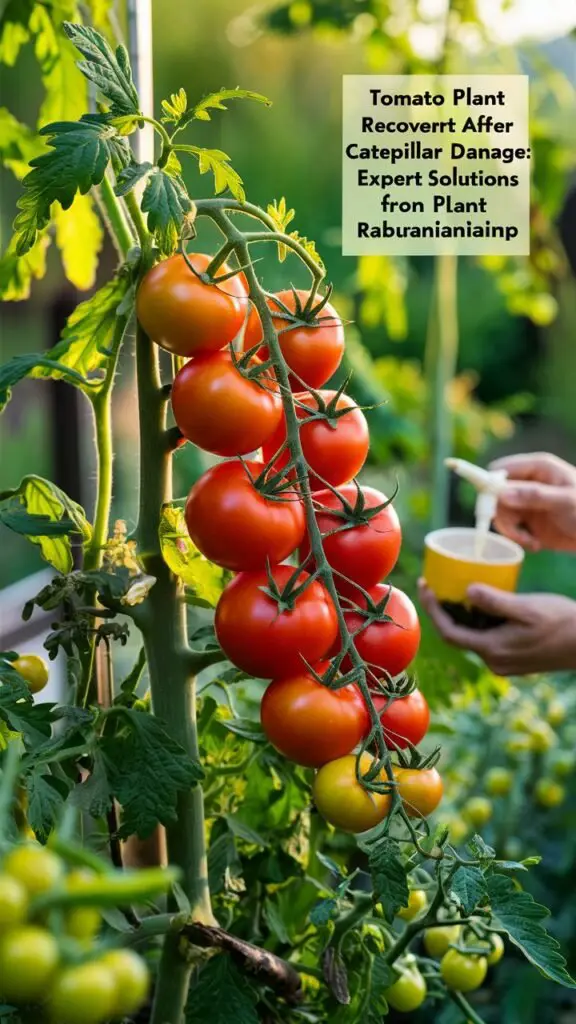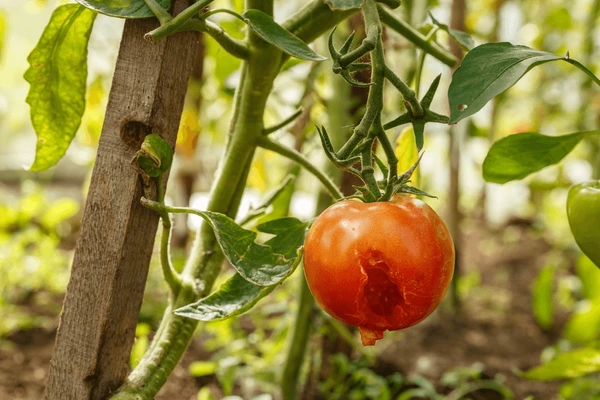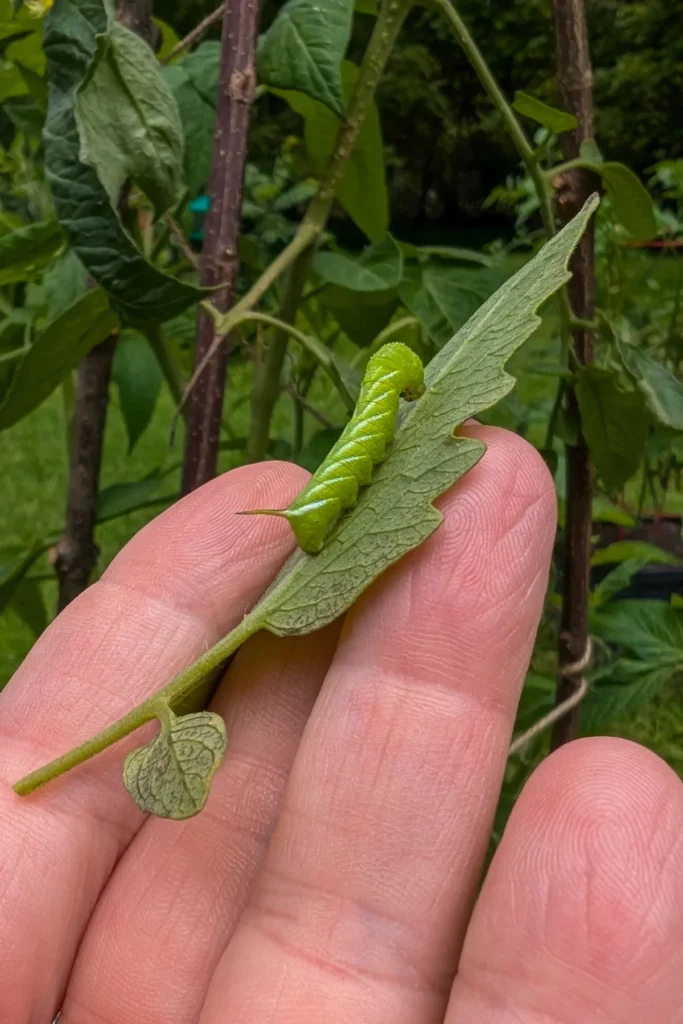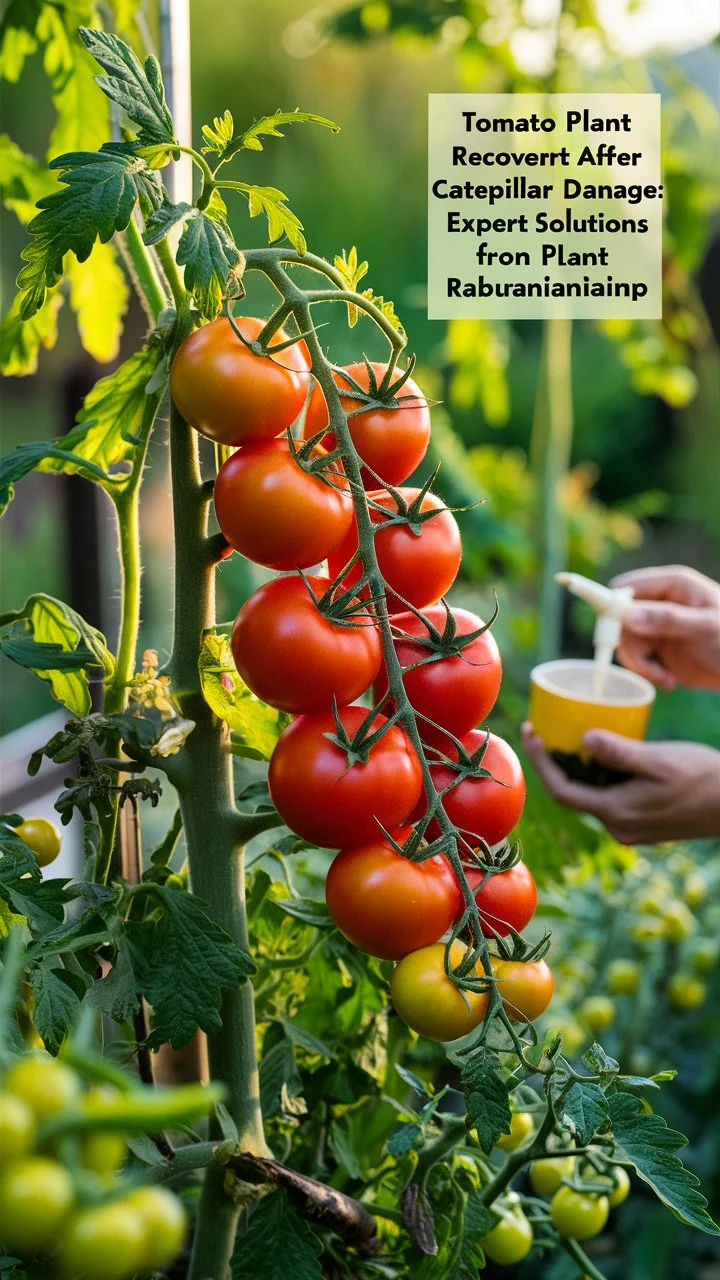Learn how to save and rehabilitate your tomato plants after caterpillar damage in 2024. Expert tips on recovery techniques, prevention strategies and long-term care for damaged plants.
Tomato plants caterpillar damage can often make a remarkable recovery with proper care and intervention. While these voracious pests can cause significant defoliation and stress to plants, tomatoes are naturally resilient and can regenerate damaged tissue when given appropriate support. Understanding the recovery process and implementing the right care strategies is crucial for helping your plants bounce back in 2024.

Hello, I’m Ashley Scott, a horticulturist with over 15 years of experience in vegetable gardening and pest management. Today, I’m here to reassure you about your tomato plants’ survival prospects after caterpillar damage and share effective strategies for helping them recover and thrive again.
Assessing the Damage

Before starting recovery efforts, evaluate your plants’:
- Extent of leaf damage
- Stem condition
- Presence of remaining fruit
- Overall plant vigor
Signs of Recovery Potential
- Green stem tissue
- New leaf buds
- Healthy root system
- Remaining intact leaves
Immediate Recovery Steps
First Aid Measures

- Remove Remaining Caterpillars
- Hand-pick visible caterpillars
- Check under leaves and in stems
- Dispose of pests away from garden
- Prune Damaged Areas
- Remove severely damaged leaves
- Cut back broken stems
- Maintain enough foliage for photosynthesis
- Support Plant Health
- Provide adequate water
- Apply balanced fertilizer
- Maintain good air circulation
Optimal Recovery Conditions
Environmental Factors
- Temperature: 65-85°F (18-29°C)
- Sunlight: Partial shade during recovery
- Water: Consistent moisture
- Humidity: Moderate
Soil Requirements
- Well-draining soil
- Rich in organic matter
- pH 6.0-6.8
Recovery Timeline
Week 1-2
- Focus on pest removal
- Minimal pruning
- Regular monitoring
Week 2-4
- New growth appears
- Strengthen plant health
- Begin normal feeding schedule
Month 2+
- Resume regular care
- Monitor for new pest activity
- Support new growth
Prevention Strategies
Natural Deterrents
- Companion Planting
- Marigolds
- Basil
- Nasturtiums
- Physical Barriers
- Row covers
- Netting
- Collar guards
Biological Controls
- Beneficial insects
- Bacillus thuringiensis (Bt)
- Nematodes
Long-term Care
Feeding Schedule
- Light balanced fertilizer
- Calcium supplement
- Seaweed extract
Maintenance Tips
- Regular inspection
- Proper spacing
- Good sanitation
Common Recovery Challenges
Potential Issues
- Secondary Infections
- Monitor for disease
- Apply fungicides if needed
- Maintain air circulation
- Stunted Growth
- Adjust fertilization
- Check soil conditions
- Optimize watering
- Fruit Development
- Remove damaged fruit
- Support new flowering
- Maintain pollinator access
Signs of Successful Recovery
Positive Indicators
- New leaf growth
- Flower development
- Strong stem color
- Vigorous root growth
When to Start Over
Critical Damage Signs
- Completely defoliated plants
- Severely damaged main stem
- Multiple disease complications
- Late-season damage
Season Extension Strategies
Protection Methods
- Row covers
- Cold frames
- Greenhouse cultivation
- Temperature monitoring
Future Prevention Plan
Long-term Solutions
- Crop Rotation
- 3-4 year rotation
- Different plant families
- Cover cropping
- Garden Hygiene
- Clean tools
- Remove plant debris
- Maintain borders
- Monitoring System
- Regular inspections
- Pest identification
- Early intervention
While caterpillar damage can be devastating, tomato plants often demonstrate remarkable recovery abilities when given proper care and attention. By following these recovery guidelines and implementing preventive measures, you can not only save your current plants but also protect future crops from similar damage. Remember that patience is key during the recovery process, and even heavily damaged plants can often surprise you with their resilience.
Remember to maintain vigilant monitoring of your recovering plants and don’t hesitate to adjust care strategies based on your plants’ specific needs and responses. With proper attention and care, many tomato plants can bounce back from caterpillar damage to produce a healthy harvest.
For more gardening tips and plant care guides, visit usagardenhub.com





One comment on “Tomato Plant Recovery After Caterpillar Damage : Expert Solutions for Plant Rehabilitation”